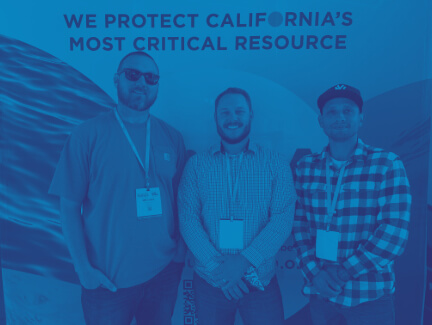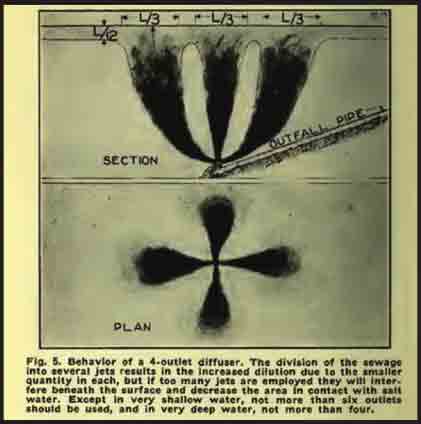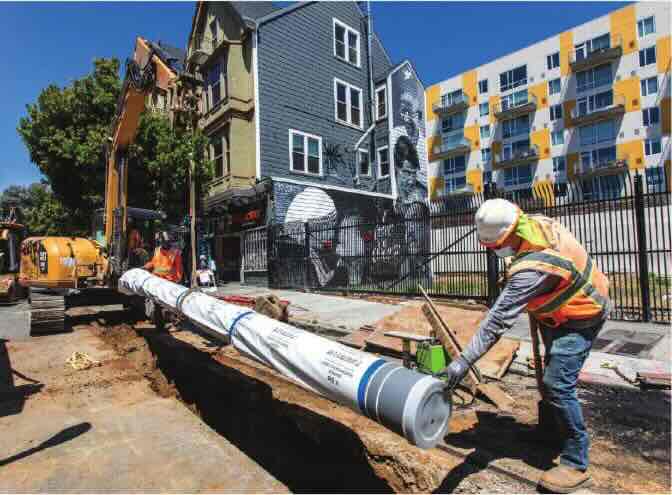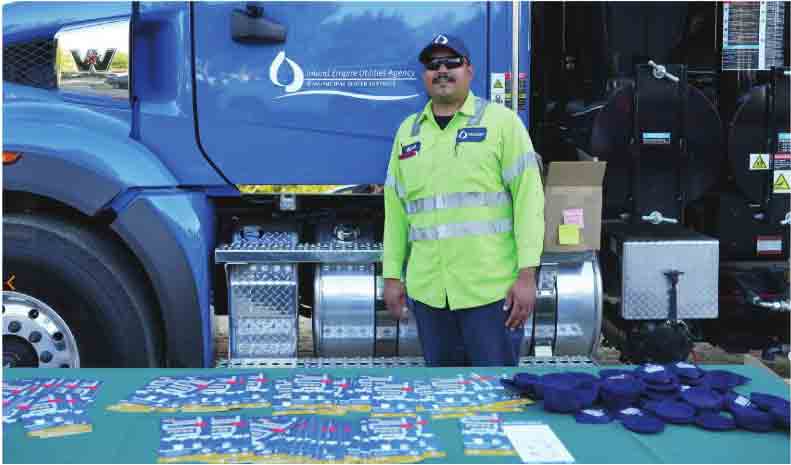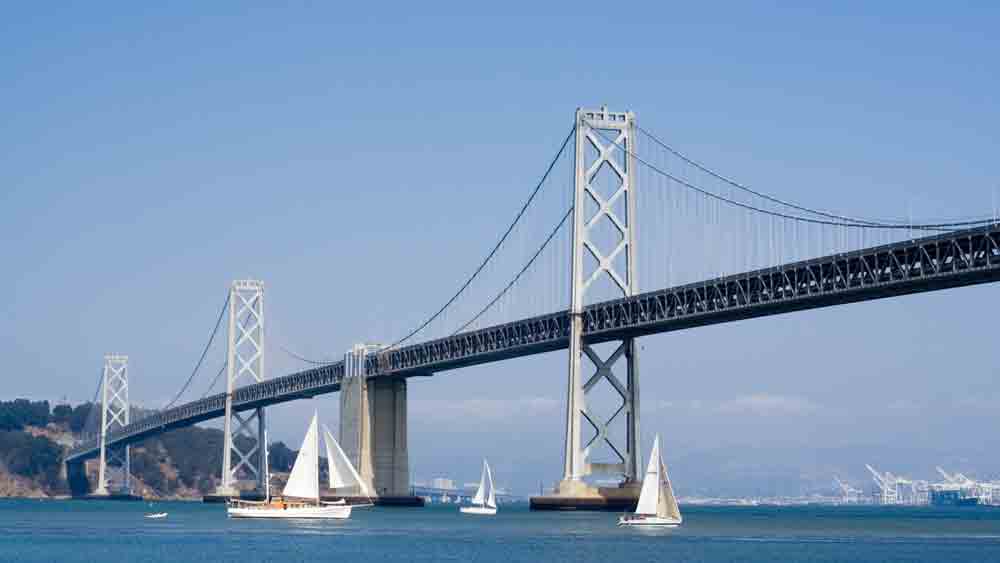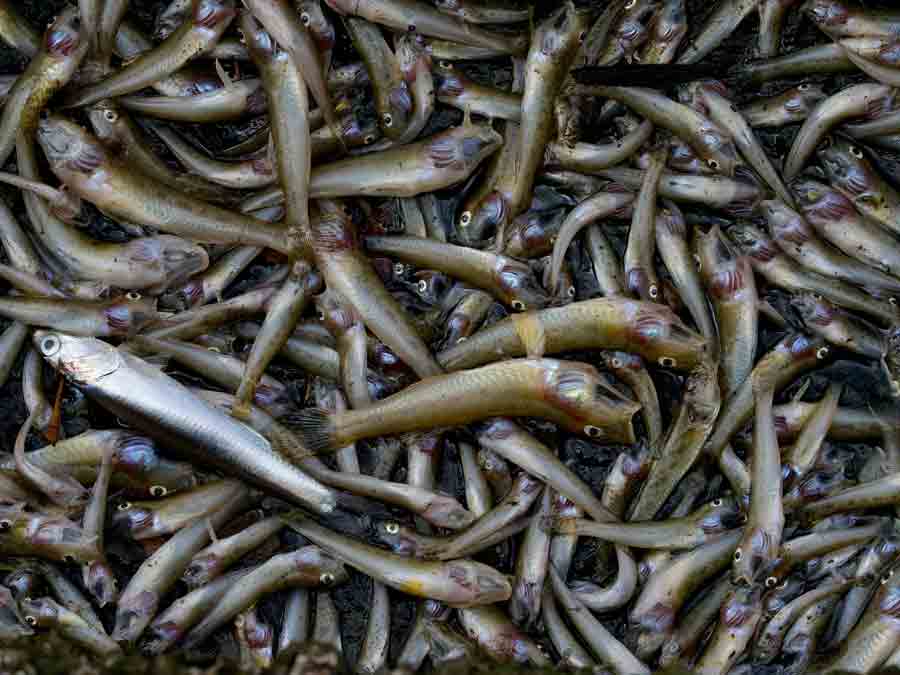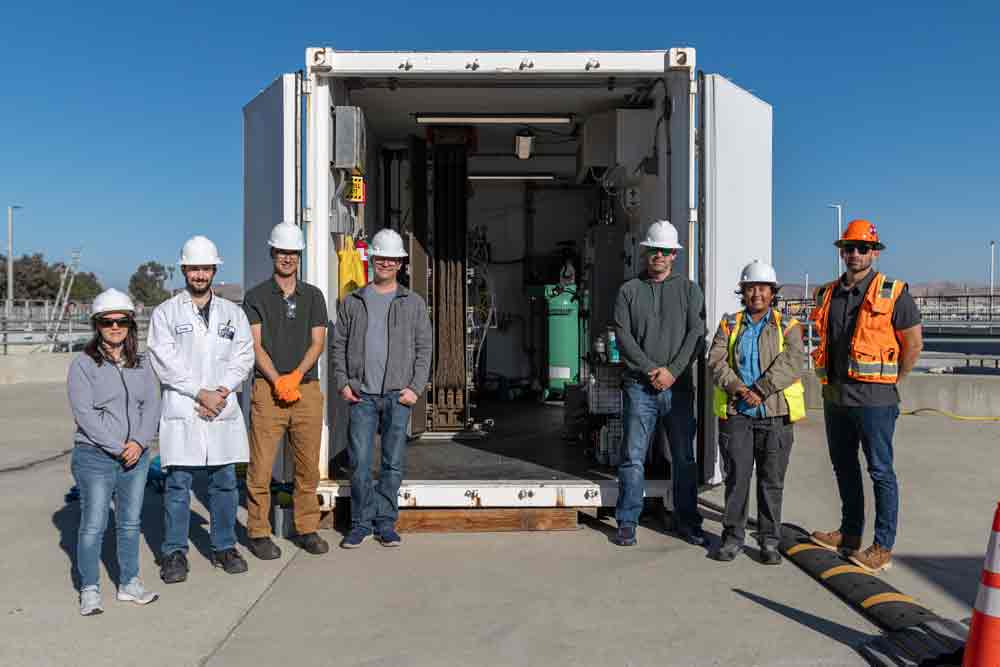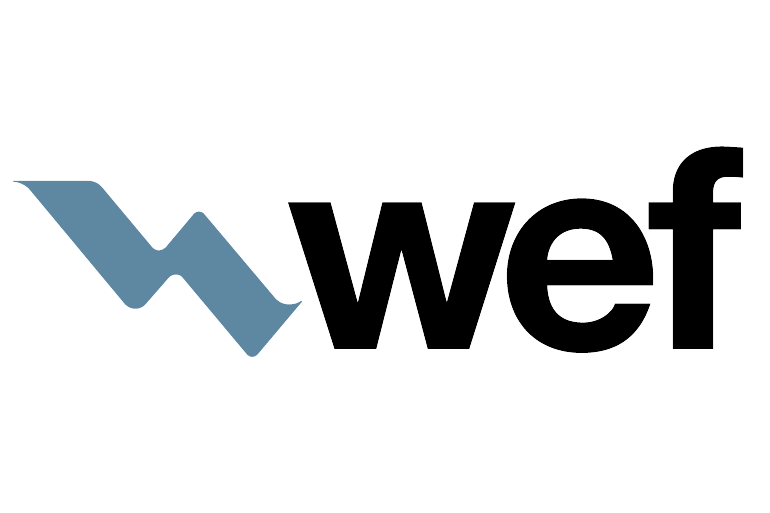-
NEWS
It’s hard to imagine now, but many cities and counties in California provided no wastewater treatment at all prior to ocean discharge. The main types of treatment offered consisted of screening and/or sedimentation before discharge. In 1937-38, only three California cities, Laguna Beach, Oxnard, and Huntington Beach – utilized secondary treatment before discharge, with Laguna...
-
NEWS
For more than 120 years, the Richmond District’s water and sewer infrastructure system has served the neighborhood and beyond. With one of the sewer pipes dating back to 1877 and most water pipes installed in the late 1800s, these hardworking systems even withstood the trauma of the 1906 earthquake and fire. Constant attention, emergency interventions,...
-
NEWS
A communications strategy that involves front-line employees and builds alliances with partner agencies has been the key to the Inland Empire Utilities Agency’s (IEUA) efforts to protect its sewer system from fats, oils and grease, wipes, and non-flushables. Attendees at AC25 this April in Palm Springs will learn about this communications approach when Lucia Diaz...
-
NEWS
Attendees at Scott Jacobs’ presentation at the AC25 in Palm Springs this April can expect to learn what they need to do in their laboratories to make sure they won’t have any solids-related issues in their next ELAP audit. “My presentation will cover many aspects of solids testing,” says Jacobs, who is the Senior Lab...
-
NEWS
Long before the San Francisco Bay Regional Water Quality Control Board (RWQCB) implemented new permit requirements last fall, mandating that agencies discharging into the Bay collectively reduce nutrient discharges by 40% from 2022 levels within the next decade, the East Bay Municipal Utility District (EBMUD) initiated research and planning to evaluate the most cost-effective methods...
-
NEWS
With the new year brings costly challenges for wastewater agencies in the San Francisco Bay Area. On July 10 last year, the San Francisco Bay Regional Water Quality Control Board adopted new permit requirements under the Clean Water Act which came into effect October 1. These requirements mandate that 40 facilities discharging into the Bay...
-
NEWS
The Oro Loma Sanitary District (OLSD) is dedicated to finding innovative ways to safeguard the San Francisco Bay. In collaboration with industry partners, the District focused on strategies to minimize nutrient discharge into the Bay, drawing on its well-established expertise in testing, research, and development. This collaborative effort resulted in the creation of the Nutrient...
-
NEWS
On July 10, 2024, the San Francisco Bay Regional Water Quality Control Board (RWQCB) approved the third Bay Area Nutrient Watershed Permit, marking the most significant regulation for Central Contra Costa Sanitary District (Central San) since the Clean Water Act was established in 1972. This permit requires a seasonal reduction of 40% in total inorganic...
-
NEWS
“The CWEA P3S conference is the only place where you will find 300 of your colleagues sharing ideas and learning about the very important Pretreatment, Pollution Prevention and Stormwater inspection work.” – P3S25 Attendee CWEA’s 52nd Annual Pretreatment, Pollution Prevention, and Stormwater Conference brought together water professionals from across the state for another year of...
-
NEWS
The American Water Works Association (AWWA), in collaboration with the Water Environment Federation (WEF) The Water Research Foundation (WRF) and Karmous Edwards Consulting (KEC), recently launched a project on the Role of Generative AI (GenAI) for the Global Water Sector. The research will establish a foundational understanding of GenAI’s role for water utilities, develop and...

